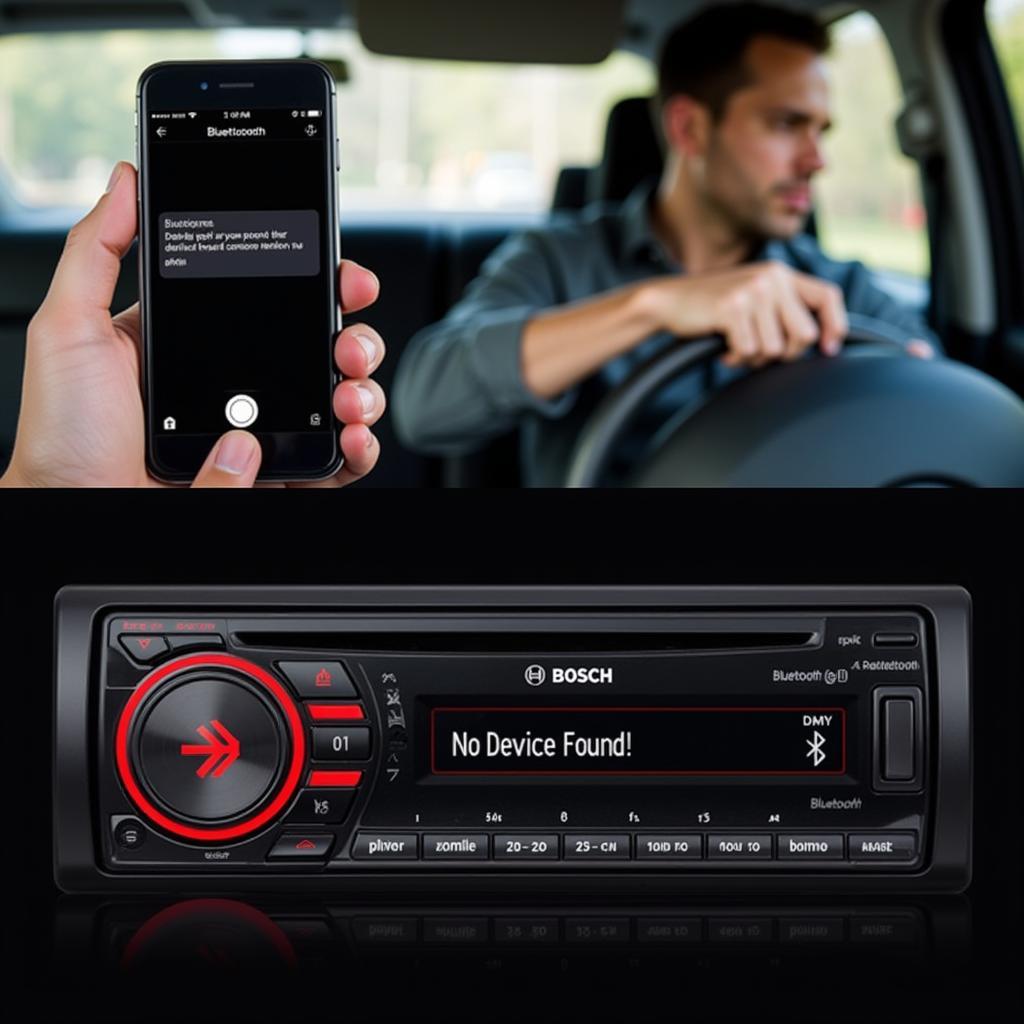If your car battery dies every year, you’re not alone. This is a frustratingly common problem, but thankfully, one that can usually be diagnosed and fixed. Let’s explore the reasons why your car battery might be giving up the ghost annually and how you can finally put a stop to this yearly ritual.
A dead battery each year can stem from several issues, ranging from simple fixes like a parasitic drain to more complex problems like a failing alternator. Understanding these potential culprits is the first step towards a permanent solution. One common cause is simply an old battery that’s reached the end of its lifespan. Most car batteries last between three and five years, so if yours is older, it’s likely time for a replacement.
Common Culprits Behind Yearly Battery Failure
Several factors contribute to a car battery dying annually. Ignoring these issues can lead to repeated breakdowns and costly repairs down the line. Here are some of the most frequent offenders:
-
Parasitic Drain: Even when your car is off, certain electrical components continue to draw power, slowly draining your battery. This “parasitic drain” can be caused by faulty wiring, malfunctioning interior lights, or aftermarket accessories. If your car battery keeps dying even after driving it regularly, a parasitic drain should be at the top of your troubleshooting list. If you suspect a problem with your alternator, check this article: is my alternator bad or battery.
-
Faulty Alternator: The alternator recharges the battery while the engine is running. A failing alternator can’t supply enough power to keep the battery charged, leading to frequent battery failures. Symptoms of a bad alternator include dimming headlights, flickering dashboard lights, and strange noises coming from the engine bay.
-
Extreme Temperatures: Both extreme heat and extreme cold can significantly shorten a battery’s lifespan. Heat can cause the battery fluid to evaporate, while cold weather can thicken the fluid, making it harder for the battery to produce power.
-
Short Trips: Continuously driving short distances doesn’t give the alternator enough time to fully recharge the battery after starting the engine. This can lead to a gradual depletion of the battery’s charge over time.
Diagnosing and Fixing the Problem
Diagnosing the root cause of your yearly battery woes often requires some investigation. Here’s a breakdown of how to pinpoint the issue:
-
Battery Test: Start by having your battery tested at a local auto parts store. This will tell you if the battery itself is faulty.
-
Alternator Test: If the battery tests good, the next step is to test the alternator. This can also be done at most auto parts stores.
-
Parasitic Drain Test: If both the battery and alternator check out, a parasitic drain test is necessary. This involves using a multimeter to measure the current draw with the car off and all accessories turned off.
How to Perform a Parasitic Drain Test
- Disconnect the negative battery cable.
- Connect a multimeter in series between the negative battery terminal and the negative battery cable.
- Set the multimeter to measure DC amps.
- Observe the reading. A small drain (less than 50 milliamps) is generally acceptable. A higher reading indicates a significant parasitic drain.
“A parasitic drain can be tricky to find,” says automotive electrical expert, David Miller. “It often requires systematically removing fuses one by one while monitoring the multimeter to identify the circuit causing the drain.” For dead battery solutions, you might find this helpful: car battery charger for dead battery.
Preventing Future Battery Issues
Once you’ve solved your current battery problem, take proactive steps to prevent it from happening again next year.
- Regular Maintenance: Have your battery and charging system checked regularly, especially before winter and summer. Cleaning the battery terminals can also help prevent corrosion, which can impede the flow of electricity.
- Limit Short Trips: If possible, try to combine short trips into longer ones to give your alternator ample time to recharge the battery.
- Properly Secure Accessories: Ensure any aftermarket accessories are correctly installed and not drawing excessive power. If you are facing issues related to car battery cutting out, check this article: battery cut out while driving. For information on replacing your key fob battery, see this guide: how to change key fob battery honda.
- Use a Battery Maintainer: If you don’t drive your car frequently, consider using a battery maintainer, also known as a trickle charger, to keep the battery topped off.
“Preventing car battery issues is often easier than fixing them,” advises Sarah Chen, a certified automotive technician. “Regular maintenance and mindful driving habits can significantly extend the life of your battery.”
In conclusion, if your car battery dies every year, it’s time to take action. By understanding the potential causes and taking proactive steps, you can avoid the frustration and expense of dealing with a dead battery year after year. Don’t let a dead battery ruin your day—take control and keep your car running smoothly.

